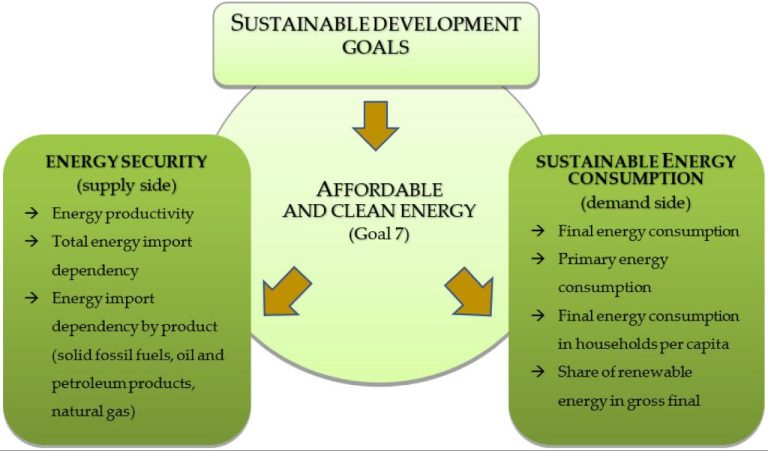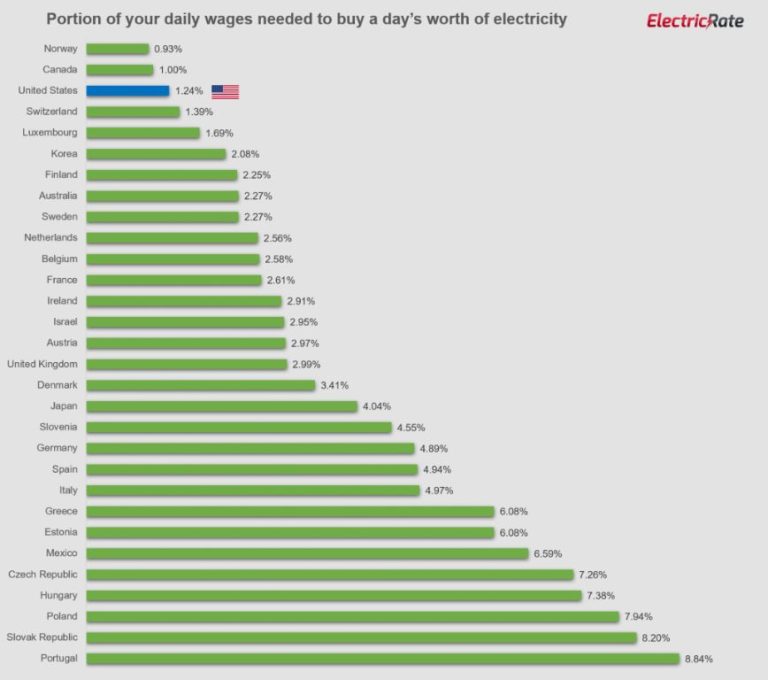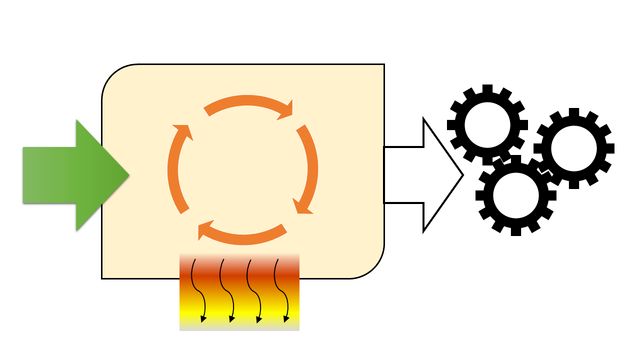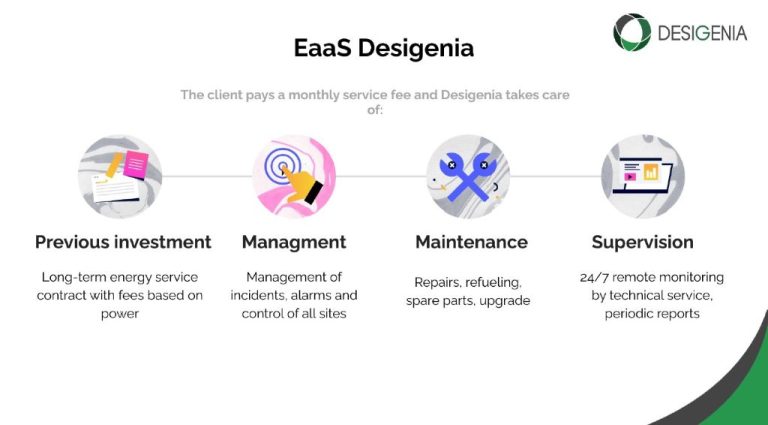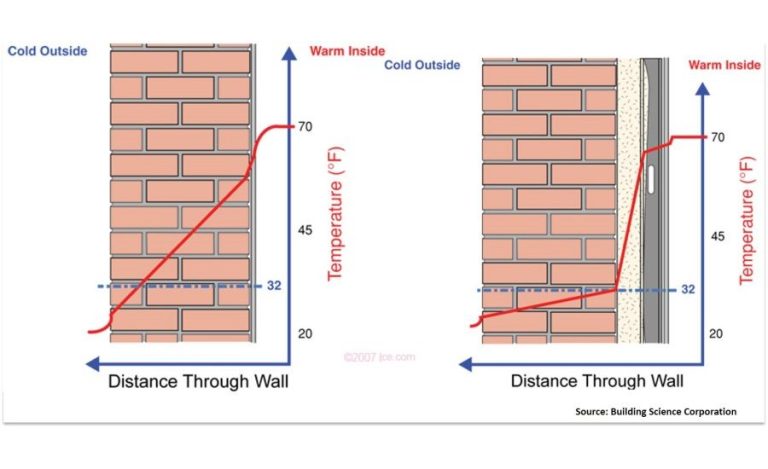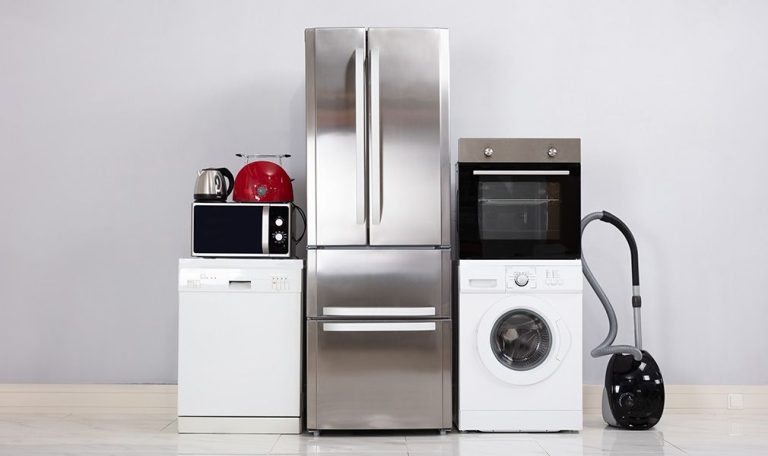Is Electricity Called A Form Of Energy?
This article will examine whether electricity is considered a form of energy. We will first define what energy is and the different forms it can take. An overview of electricity basics will be provided, covering what electricity is, how it behaves, and how it is generated and used. With this background knowledge established, we will analyze if electricity exhibits the characteristics required to be categorized as a form of energy. The potential and kinetic energy involved in electrical systems will be explored. Finally, a conclusion will be reached on whether electricity is indeed a form of energy.
Definition of Energy
In physics, energy is defined as the capacity to do work. Energy comes in many forms and can be transferred from one object to another, converted between different forms, or transformed to do work. Energy is measured in joules (J) in the International System of Units (SI).
On a fundamental level, energy allows matter to change, move, or interact. Energy can’t be created or destroyed, but it can change forms. For instance, chemical energy in food can be converted to kinetic energy to move your body. This is described by the law of conservation of energy.
Energy is categorized into different types based on its properties and effects. The two main categories are potential energy, or stored energy ready to do work, and kinetic energy, the energy of motion. Other types include chemical, thermal, nuclear, electrical, magnetic, gravitational, elastic, radiant, and more. But fundamentally, they all have the capacity to do work or cause change.
Forms of Energy
Energy exists in many forms that can be grouped into several major categories. The most common forms of energy include:
- Mechanical energy – the energy of motion that an object possesses. Examples include the motion of waves, the motion of a roller coaster, and the motion of a ball thrown through the air.
- Thermal energy – the energy that arises from the motion of molecules and atoms. The faster molecules and atoms move, the more thermal energy they possess. Examples include heat and geothermal energy from hot springs and geysers.
- Chemical energy – the energy stored in the bonds between atoms and molecules. Chemical energy can be released during chemical reactions when bonds are broken. Examples include batteries, food, fuel, and explosives.
- Nuclear energy – the energy stored within the nucleus of an atom. Nuclear energy can be released when atoms undergo nuclear reactions like fusion, fission, and radioactive decay.
- Electrical energy – the energy associated with the movement of electrons. Lightning and electricity are examples of electrical energy.
There are also other more specialized forms of energy like electromagnetic radiation, sound energy, and elastic potential energy. But most forms of energy can be categorized into one of the main types described above.
Electricity Basics
Electricity is the flow of electrons through a conductor such as a metal wire. Electrons are tiny negatively charged particles that orbit the nucleus of an atom. Some materials like copper have electrons that are loosely bound to their atoms, allowing electrons to flow freely through the material. This flow of electrons is what we call electricity.
For electricity to occur, there needs to be a closed loop or circuit for electrons to flow through continuously. This circuit starts with a power source like a battery or generator that causes electrons to move through the wires. Devices that require electricity are connected into this loop, giving the electrons a path to flow through to complete the circuit. As electrons move through a device, they transfer energy that allows the device to operate.
Voltage is the force or pressure driving electrons through the circuit, while current is the amount of electrons flowing past a point over a certain time period. Greater voltage pushes more electrons through the circuit, resulting in a higher electric current. Resistance in the circuit will limit the current as electrons bump into atoms and lose some energy in the process.
Electricity requires this continual flow of electrons and will quickly stop if the circuit is broken at any point. That’s why switches, fuses, and circuit breakers are used to control electrical devices and prevent overloading – they open up gaps in the circuit to regulate or stop the electron flow.
Is Electricity Energy?
Electricity fits the scientific definition of energy very well. Energy is defined as the ability to do work or produce heat. Electricity has the ability to power mechanical work and produce light, heat, motion, and more. So by this definition, electricity is certainly a form of energy.
When electric charges move through a conductor like a wire, electricity is produced. This movement and flow of electric charges is a form of kinetic energy. The electrons have the ability to move and that motion allows electricity to do work.
Electricity can also be considered a form of potential energy when it is stored, like in a battery. The chemical reactions within a battery store electrical energy until it is ready to be released. When the battery is connected in a circuit, the potential energy is converted into electricity that flows through the wires. This demonstrates electricity’s ability to convert between potential and kinetic energy.
Overall, electricity clearly fits the criteria to be defined as a form of energy. Electric charges and electrical currents have the ability to do work and produce heat. Electricity can be transformed into other forms of energy like light, motion, and heat. And it can be converted between potential and kinetic states when stored and released. So there is strong scientific evidence that electricity is indeed a valid form of energy.
Potential and Kinetic Energy
Electricity involves both potential and kinetic energy. Potential energy is stored energy that has the potential to do work. Some examples are chemical energy stored in batteries and gravitational potential energy stored in water behind a dam. Kinetic energy is energy of motion. In electricity, the motion of electrons carries kinetic energy through wires.
In power plants, sources like coal, natural gas, nuclear reactions, or flowing water are used to spin turbines. The spinning turbine generates kinetic energy. This kinetic energy gets transferred to the generator where it pushes electrons to move through the wires, creating electricity. So the turbine’s kinetic energy gets converted into electricity’s kinetic energy.
Before the electricity is used, the kinetic energy of the flowing electrons is in a potential state, waiting to be unleashed. When you turn on a light switch, the electrons’ kinetic energy gets converted into light and heat. When you plug in a blender, the electrons’ kinetic energy gets converted into mechanical energy to spin the blades.
So in summary, electricity contains both potential and kinetic energy. The potential to do work is stored until needed, then it gets converted into kinetic energy to power our devices and appliances.
Transferring Electrical Energy
Electricity is often used to transfer energy from one place to another to perform useful work. Here are some examples of how electricity transfers energy:
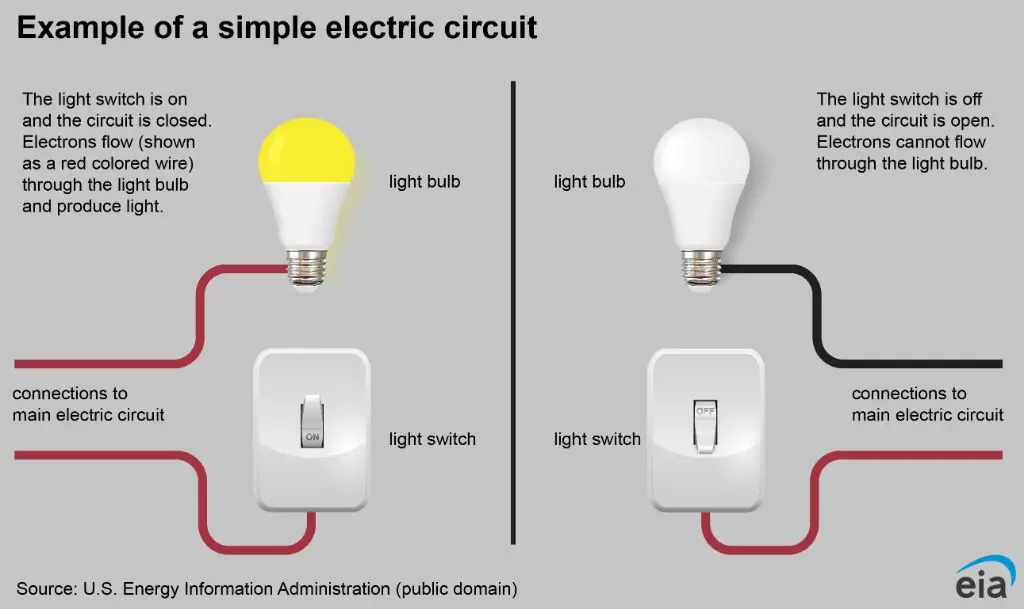
- Electric motors – Electricity transfers energy to the coils of an electric motor, generating a magnetic field that causes the motor to spin. This allows the motor to perform mechanical work like turning the blades of a fan.
- Light bulbs – Electricity transfers energy in the form of heat and light as it passes through the filament of an incandescent bulb, or excites gases inside a fluorescent bulb.
- Electric heaters – Electricity transfers thermal energy as it flows through the heating elements of stoves, space heaters, hair dryers, etc. This allows them to raise the temperature of objects.
- Charging batteries – The chemical energy stored in batteries is replenished as electricity transfers energy during the charging process.
In all these examples, electricity is the intermediary that takes energy from the source and delivers it to where useful work can be done. This ability to transfer energy easily from place to place is one of the key advantages of electrical power.
Storing Electrical Energy
Batteries and capacitors are two common devices used to store electrical energy. Both operate by accumulating electric charge, creating an electric potential or voltage. This voltage can then drive electric current through a circuit once discharged.
Batteries consist of one or more electrochemical cells that convert stored chemical energy into electrical energy. Each cell contains positive and negative terminals connected by electrolytes which allow ion flow between them. As the battery discharges, chemical reactions release electrons to the positive terminal creating an electric potential across the terminals. This potential difference enables electricity to do work.
Capacitors store energy in an electric field between two conductors separated by an insulator or dielectric material. When connected to a power source, electrons accumulate on one conductor, while being depleted on the other. This separation of charge creates voltage potential. The capacitors can then discharge the stored energy quickly in an electric circuit.
Both batteries and capacitors enable energy storage and discharge in electrical systems. Batteries offer high capacity but slower discharge, while capacitors provide rapid discharge and high power density. By accumulating electric charge, they allow electrical energy to be conveniently stored and later delivered on demand.
Generating Electricity
Electricity can be generated in a number of different ways. Here is an overview of some of the most common methods for generating electricity:
Fossil Fuels: Burning fossil fuels like coal, oil and natural gas can be used to boil water into steam, which then spins turbines to generate electricity. Fossil fuels are a non-renewable resource and burning them contributes to climate change, but they currently generate the majority of the world’s electricity due to their low cost and abundance.
Nuclear Energy: Nuclear power plants use the heat from nuclear fission reactions to produce steam and spin turbines. Nuclear energy is highly efficient and does not release greenhouse gases, but it does produce radioactive waste and poses risks if not properly managed.
Hydropower: Flowing water from dams or rivers can spin turbines attached to generators to produce electricity. Hydropower is renewable and does not directly emit greenhouse gases, but does impact local ecosystems.
Wind Energy: The kinetic energy of wind is used to turn large wind turbines, which are connected to generators. Wind power is renewable and does not cause emissions, but does require large amounts of land and has visual impacts.
Solar Energy: Solar photovoltaic panels convert sunlight directly into electricity using semiconductors. Solar energy is renewable, abundant and does not cause direct emissions, but relies on sunny weather and currently has high costs.
Conclusion
In conclusion, electricity is considered a form of energy. As we learned, energy refers to the ability to do work or produce heat. Electricity involves the motion of electrons, which have the ability to do work and produce heat. While electricity itself is not a primary form of energy, like mechanical, thermal, or chemical energy, it is a secondary energy carrier that can be generated from other forms of energy and then used to power various devices. The ability of electricity to perform work and transfer energy makes it a form of energy in its own right. In summary, electricity is indeed classified as a secondary form of energy due to its capacity to convey energy from primary sources and do useful work.

